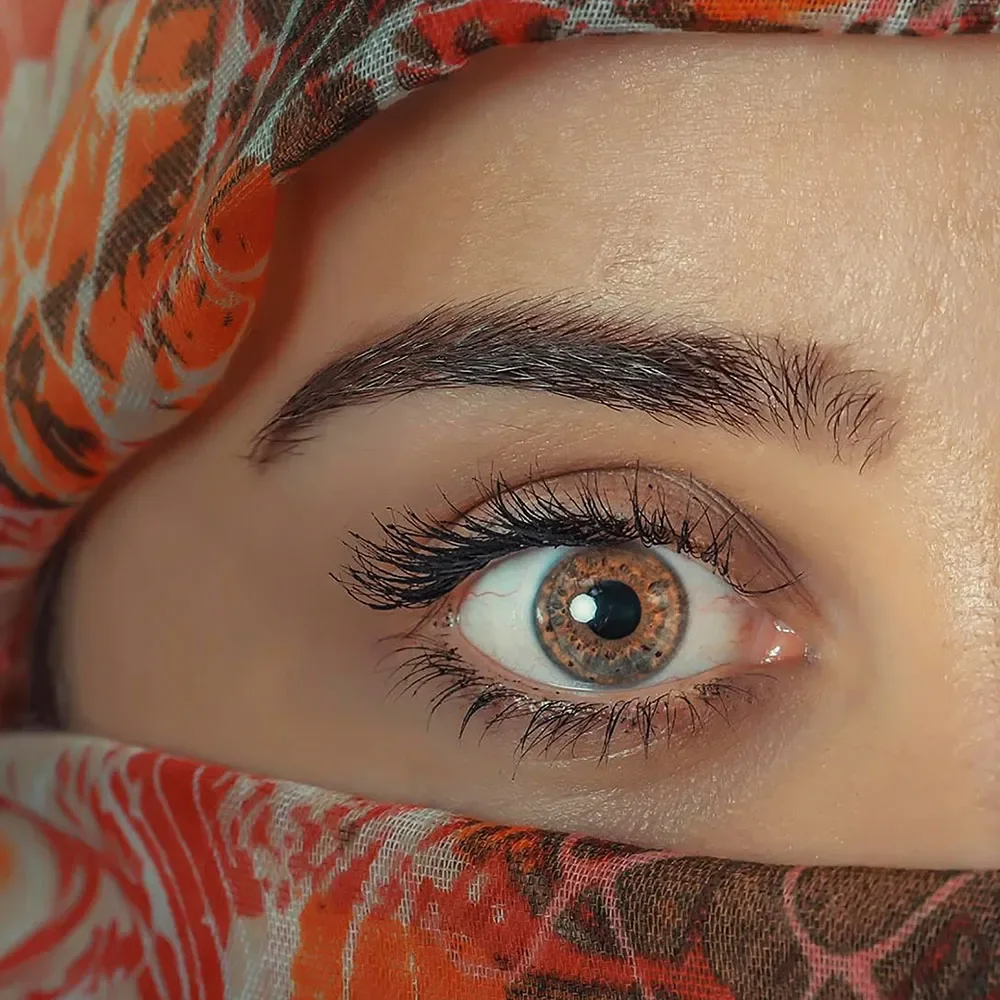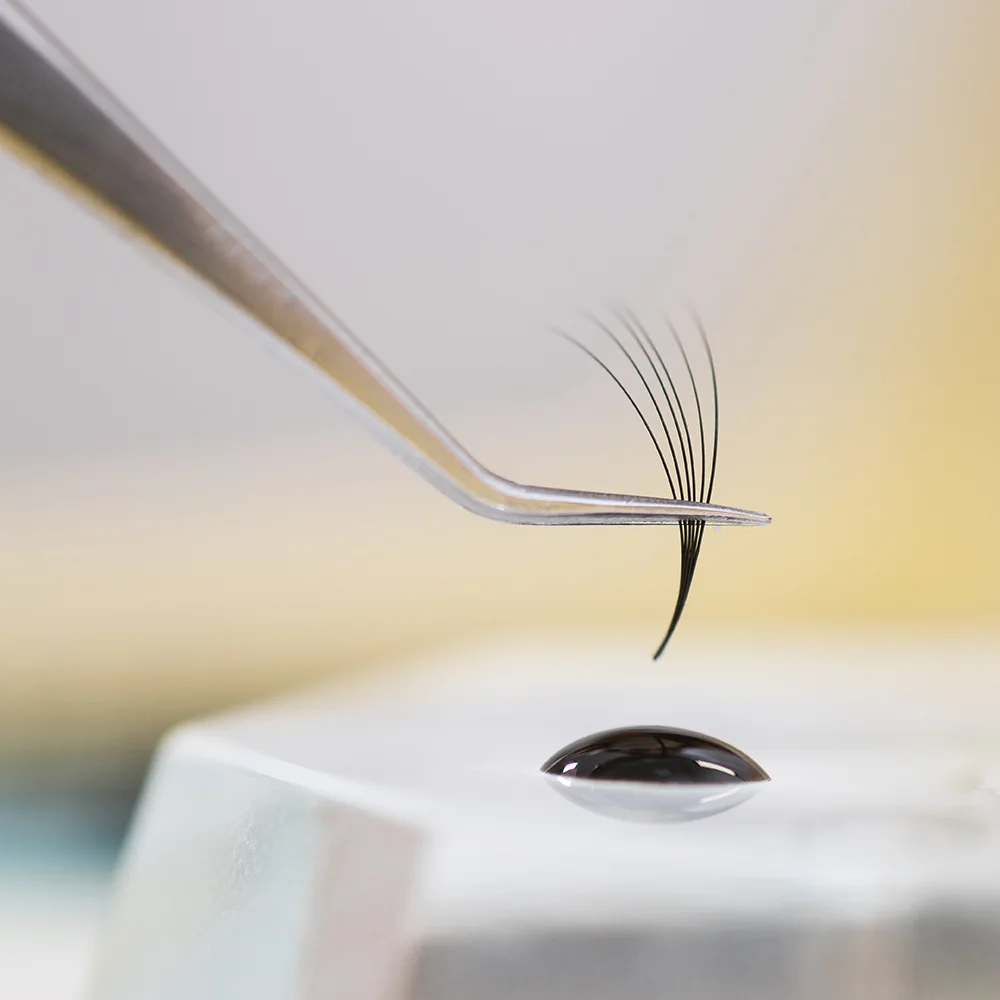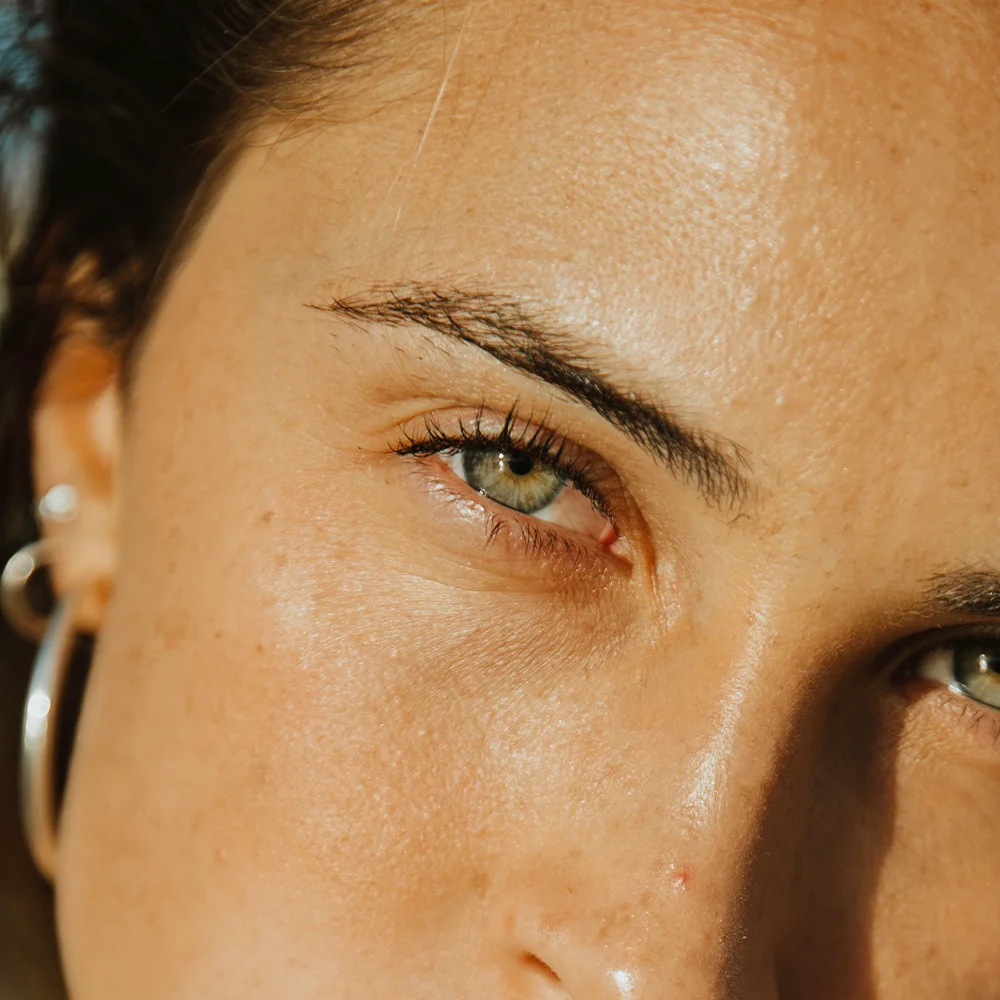Here's what we'll cover
Here's what we'll cover
Here's what we'll cover
People have been using substances to make their eyelashes more attractive and noticeable for thousands of years. Over the years, beauty experts have come up with mascaras, fake eyelashes, and lash extensions to achieve a desirable look.
Recently, a newer procedure has hit the market that allows you to enhance the look of your natural lashes. Lash lifts are said to give you bold-looking lashes without the upkeep of other cosmetic options.
Here’s what you should know about lash lifts, including what they are, how long they last, and if they are a safe option for emphasizing your lashes.
What is a lash lift?
A lash lift is a cosmetic procedure that uses chemical solutions to lift and curl your eyelashes. You might also hear it called a “lash perm” because it uses the same types of chemicals that hairdressers use to curl or add body to the hair on your head.
Lash lifts are a relatively new procedure, so healthcare providers don’t know much about possible side effects. Millions of these procedures are performed annually without any adverse reactions. However, since potentially irritating chemicals are involved, you should understand the risks and benefits beforehand (Masud, 2019).
Additionally, it's essential to know that non-surgical cosmetic procedures, such as lash lifts, aren’t approved by the Food and Drug Administration (FDA). The FDA does make rules for cosmetic products, but the products don’t need approval before being sold.
What are the chemicals used in a lash lift?
There are three types of chemicals used in a lash lift treatment:
A perm solution
This chemical solution will break down the keratin (a protein in your hair) and soften your lashes, allowing them to curl. The exact formula differs between brands. However, it frequently includes these ingredients:
Polyacrylamide
Thioglycolic acid
Propylene glycol
Methylparaben
Purified water
Monoethanolamine
A setting lotion
A setting lotion is applied next to harden your newly curled lashes and keep them curled for the life of your lash lift. Again, the exact chemicals used will differ between brands. Commonly used ingredients include:
Sodium bromate
Polyacrylamide
Polysorbate
Purified water
Propylene glycol
Methylparaben
An optional lash tint
If you choose to add it, your lash artist can include a special dye to make your eyelashes darker. Unlike other cosmetics, the dye used will have had to be approved for safety by the FDA before being sold. The exact ingredients used will also differ depending on the brand your lash technician uses.
What is the lash lift process?
A lash perm is a straightforward process; however, there are strong chemicals involved. These chemicals can cause a condition called contact dermatitis. This is an inflammation of the skin caused by touching an irritating substance (Burkemper, 2015).
Whether or not you have a history of sensitivities, it’s a good idea to have your lash artist perform a patch test on your skin with a small amount of the lash-perming product (Burkemper, 2015).
During a patch test, a small amount of the potential irritant is applied to a less conspicuous body area, such as the inside of your elbow. If no reaction develops after two days, then the product may be safe to use on your lashes. Remember that your eye area is often much more sensitive than the rest of your body, though.
The lash lift treatment is a simple procedure and typically involves the following steps:
The lash technician carefully cleans the area.
The technician will then separate your bottom lashes from the top lashes by taping them down since the bottom lashes are not treated). The upper lashes are then combed out, de-tangled, and separated.
Silicone pads are glued to your lids. These come in different sizes and are meant to protect the sensitive skin around the eyes.
The perming lotion is applied, which softens your lashes and gets them ready to curl.
The lashes are lifted and curled.
The setting solution is applied, hardening your lashes to make the curl last.
The lash technician applies a nourishing lotion that doubles as a keratin treatment. The lotion contains keratin, sodium PCA, aloe vera, grapeseed oil, glycerin, and a humectant to add moisture back into the lashes.
(Optional) Your eyelashes are tinted to make them darker.
A lash lift procedure typically takes about an hour to complete. If you add tinting to your lashes, expect an additional 15 minutes.
How long does a lash lift last?
You can expect your lash lift to last about six to eight weeks with proper aftercare. Caring for your lash lift is pretty simple as well.
For the first 24 hours after a lash lift treatment:
Don’t apply any eye makeup or mascara.
Don’t get your eyes wet.
Avoid humid/steamy areas, such as a sauna.
Don’t touch your lashes.
After that first day, you can resume most of your everyday routines. The only items to avoid after this are waterproof mascara and eyelash curlers.
Mascara is likely unnecessary, especially if you have added tinting to your lash lift. If you do use it, stick with a non-waterproof variety. The makeup remover needed with waterproof mascara might be too harsh, and it can affect your post-treatment results.
Your eyelashes should already be curled after a lash lift procedure. It's unlikely that you would need an eyelash curler, and this could damage your lashes. The setting solution used during the treatment will harden your lashes, and the pressure from a lash curler could cause breakage.
What are the benefits of a lash lift?
The main benefit of a lash lift is that it’s semi-permanent. This means it lasts long enough that you only need to repeat the treatment every few months. However, if you get it done once and decide you don’t like the look, don’t worry—you aren’t stuck with it. After six to eight weeks, your lash lift will fade away if it isn’t repeated.
A lash lift is also low-hassle and low maintenance. Unlike some other cosmetic procedures, there is no pain or healing time needed, and the aftercare is minimal. After the first 24 hours, you can mostly resume your regular activities.
Lastly, a lash lift will provide a much more natural look compared to other eyelash enhancing procedures such as false eyelashes or eyelash extensions.
Are there any downsides to getting a lash lift?
Not every cosmetic procedure is suitable for every person. There are some potential risks to getting a lash lift and some medical conditions that it's not appropriate for.
With the increase in beauty procedures around the eye, there’s been an increase in cases of contact dermatitis, allergic reactions, and injuries due to improper use of chemicals (Patel, 2021).
You can minimize these risks by ensuring that your lash technician is certified as required by your state (the laws may vary by state).
Be sure to tell them about any medical condition you have that could affect the procedure. Also, be sure to ask them for before and after pictures of previous clients, so you can make sure you will get the look you want.
Is a lash lift safe?
While there isn’t much research yet on lash lifts, it should be a generally safe cosmetic procedure. The most important part of ensuring this is to do your research and find a good lash technician. Make sure it is a person who works in a clean environment, has a history of satisfied customers, and has completed proper certification or training. This can help you decrease the risks of infections or work poorly done.
You should not get a lash lift if you are:
Pregnant
Have an infection in the area around your eye
Have an allergy or sensitivity to any of the chemicals used
Recently had any surgical procedures in or around your eye, such as LASIK
You also shouldn’t get this procedure if you have a condition called hypotrichosis or a lack of eyelashes. A lash lift can only enhance the natural lashes that you have. It can’t fill in any lashes that are missing. False eyelashes might be a better choice if you are missing your own lashes.
The principal risks of a lash lift include reacting to the glue or chemicals used in the procedure. If the chemicals are used incorrectly, you can damage or even remove your natural lashes. This is why having a properly trained lash technician and doing a patch test are so important.
DISCLAIMER
If you have any medical questions or concerns, please talk to your healthcare provider. The articles on Health Guide are underpinned by peer-reviewed research and information drawn from medical societies and governmental agencies. However, they are not a substitute for professional medical advice, diagnosis, or treatment.
References
Burkemper N. M. (2015). Contact dermatitis, patch testing, and allergen avoidance. Missouri Medicine, 112 (4), 296–300. Retrieved from https://www.ncbi.nlm.nih.gov/pmc/articles/PMC6170075/
Masud, M., Moshirfar, M., Shah, T. J., Gomez, A. T., Avila, M. R., & Ronquillo, Y. C. (2019). Eyelid cosmetic enhancements and their associated ocular adverse effects. Medical Hypothesis, Discovery & Innovation Ophthalmology Journal, 8 (2), 96–103. Retrieved from https://www.ncbi.nlm.nih.gov/pmc/articles/PMC6592309/
Patel BC, Joos ZP. (2021). Diseases of the eyelashes. [Updated 2021 Feb 25]. In: StatPearls [Internet]. Retrieved from https://www.ncbi.nlm.nih.gov/books/NBK537100/












